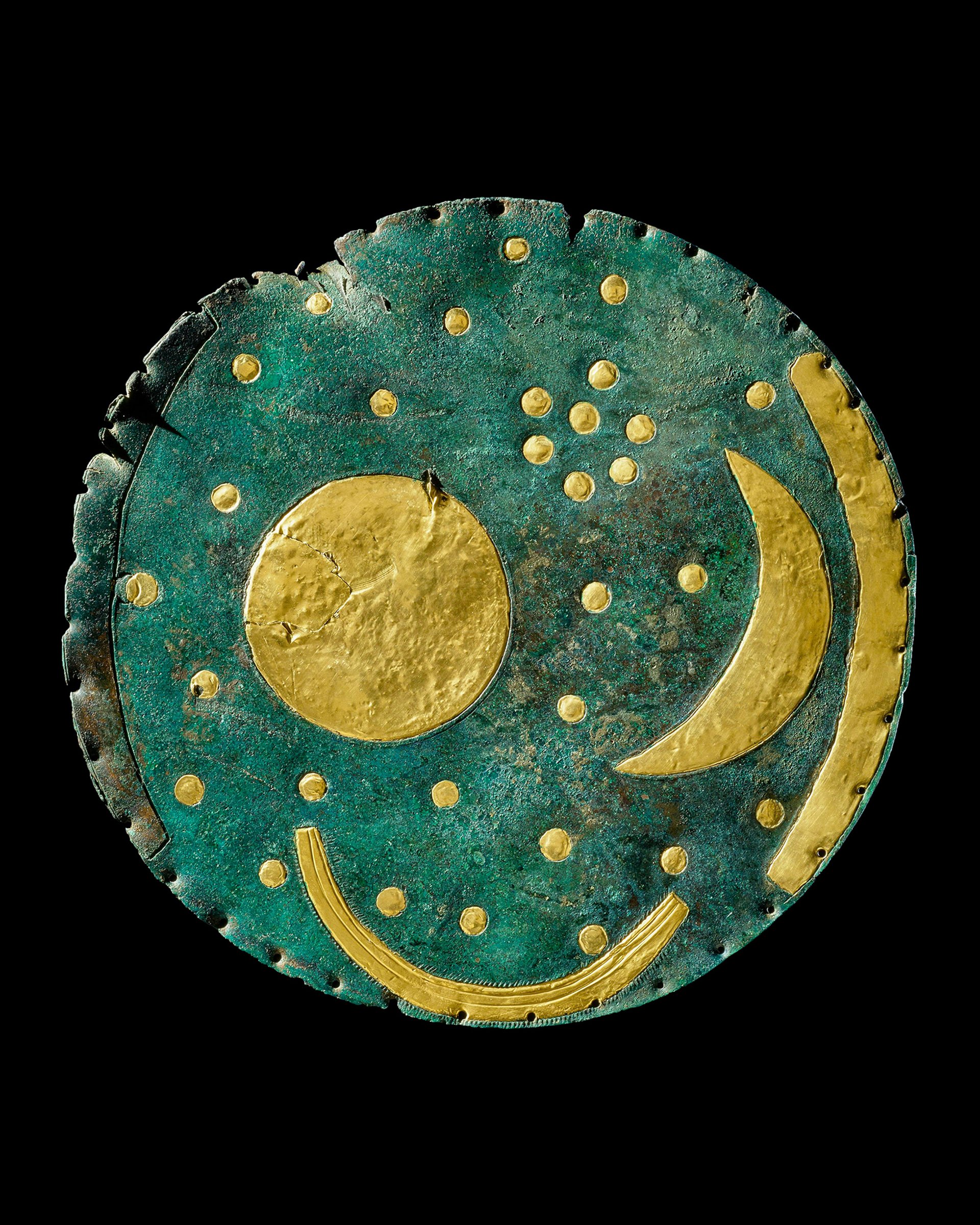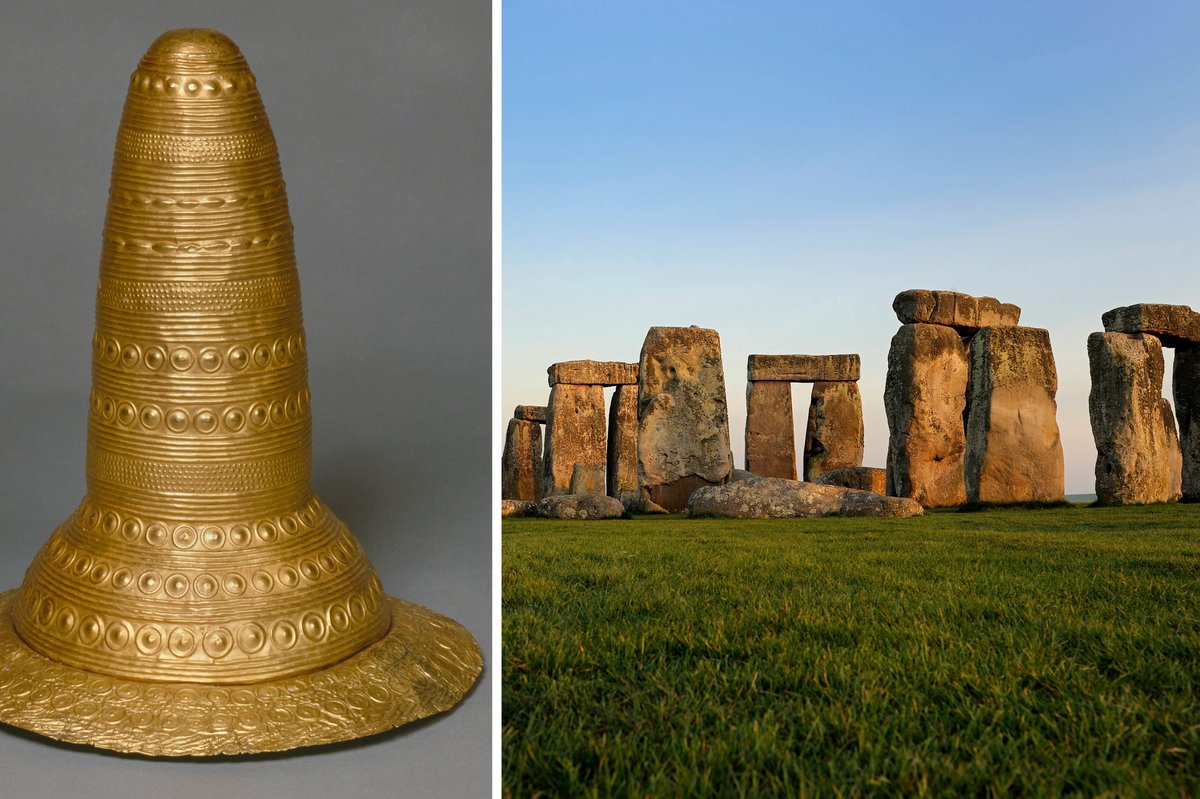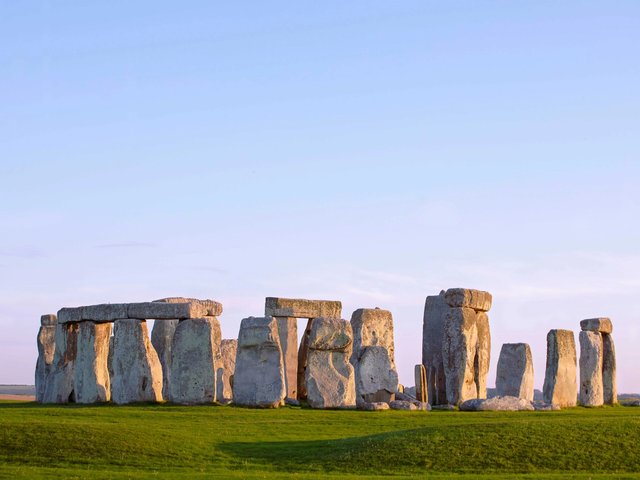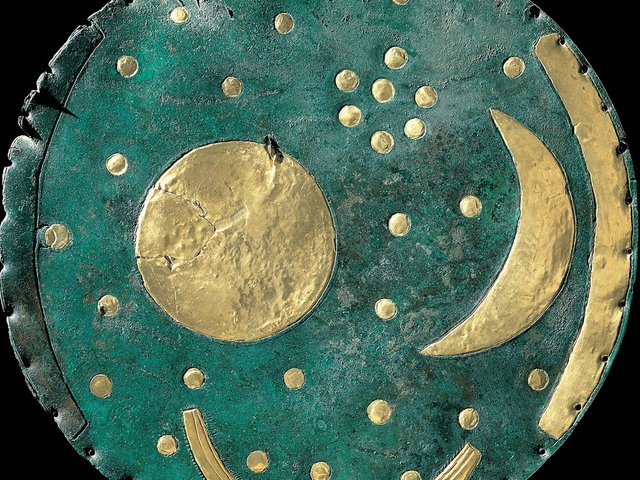Two extraordinary golden hats will be among the highlights of the British Museum’s exhibition on Stonehenge, which opens in February 2022. These mysterious objects have rarely (and possibly never) been exhibited outside of France and Germany, where they were found.
The continental golden hats date from around 1600 BC-800 BC, more recent than Stonehenge (mainly erected around 2500 BC, although in use until around 1600 BC)—but both the hats and the Wiltshire site were created in connection with astronomical cults.
Only four golden hats survive. The first was discovered in 1835 near Speyer, in Germany’s Rhineland. This was followed by another found in 1844 at Avanton, in western France. Both will be coming to the British Museum. Two others that were emerged in the second half of the 20th century are now at museums in Nuremberg and Berlin.
Ranging in height from 30cm to 90cm, they are believed to have served as religious insignia for priests. Their oval openings are roughly the size of a human skull, suggesting that they served as headgear. The exterior decoration appears to symbolise the worship of the sun.
The British Museum’s exhibition, The World of Stonehenge (17 February-17 July 2022), will include 430 objects, with two thirds coming from 35 lenders.
At a presentation today in London it was announced that another key loan will be the “Stonehenge of the Sea” (or Seahenge)—a Bronze Age timber circle from 2049 BC that was discovered on a Norfolk beach in 1998 after a shifting of the sands. The wooden remains had been preserved by being buried by water and damp sand.
Seahenge consists of a large upturned oak stump surrounded by 54 wooden posts, some up to 3m tall. Preserved at the Lynn Museum in King’s Lynn, this will be the first time the timber remains have been out on loan.

Nebra Sky Disc, Germany (around 1600 BC) Photo courtesy of the State Office for Heritage Management and Archaeology Saxony-Anhalt, Juraj Lipták
Arguably the most important object in the London show will be the Nebra Sky Disc (around 1600 BC), from Halle’s Landesmuseum für Vorgeschichte (State Museum of Prehistory) in Germany. It is currently on display there in the exhibition The World of the Nebra Sky Disc: New Horizons (until 9 January 2022).
Such is the importance of the sky disc that Halle was initially only willing to lend it for half of London’s five-month run, but in the end it was amicably agreed it could remain until the closure. The British Museum has also been a generous lender to the Halle show, including the loan of the Mold Gold Cape (1900 BC-1600 BC), found in Wales, which has some parallels with the golden hats.
Although the Halle and London museums did consider mounting a joint exhibition, each venue wanted to tailor the show for their audiences. The British Museum's director Hartwig Fischer therefore describes the two institutions as co-organisers.
Fischer stresses that the aim of the British Museum exhibition is not to focus solely on Stonehenge—but to present the site in the context of what was going on in Bronze Age Europe.





